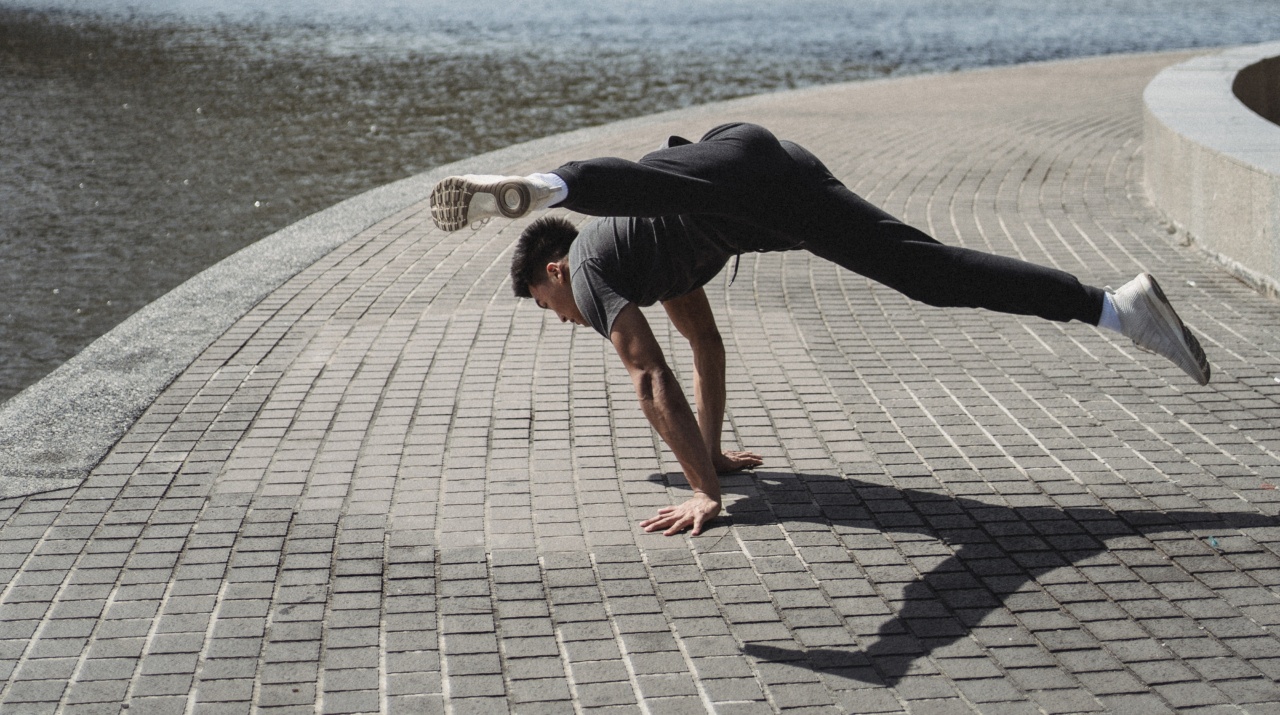Stretch marks are a common skin concern that can occur due to rapid weight gain, pregnancy, puberty, or even certain medical conditions.
Although they are harmless and do not pose any health risks, many people find them cosmetically unappealing and seek ways to prevent them. In this article, we will discuss some effective tips and tricks to help you prevent stretch marks and maintain healthy-looking skin.
1.Keep your skin well-hydrated
One of the most important steps in preventing stretch marks is to keep your skin well-hydrated. When your skin is hydrated, it becomes more elastic and less prone to developing stretch marks.
Drink an adequate amount of water daily to keep your skin hydrated from within.
2. Maintain a healthy diet
Eating a balanced diet that is rich in vitamins and minerals can help improve the health of your skin. Include foods that are high in antioxidants, such as fruits and vegetables, in your diet.
These antioxidants help protect your skin from damage and maintain its elasticity.
3. Gradual weight gain/loss
Rapid weight gain or loss is one of the leading causes of stretch marks. To prevent them, it is important to maintain a healthy and gradual weight change.
Avoid crash diets or extreme weight fluctuations, as this can put excessive stress on your skin and increase the likelihood of stretch marks.
4. Exercise regularly
Regular exercise not only helps in maintaining a healthy weight but also improves blood circulation, which is beneficial for your skin’s health.
Engage in activities that promote flexibility and strengthen your muscles to keep your skin firm and less prone to stretch marks.
5. Moisturize your skin
Apply a good quality moisturizer to your skin daily to keep it soft and supple.
Look for moisturizers that contain ingredients like cocoa butter, shea butter, or hyaluronic acid, as these help to improve the elasticity of your skin and reduce the chances of developing stretch marks.
6. Massage your skin
Regularly massaging your skin with a moisturizer or oil can help improve blood flow and elasticity, reducing the risk of stretch marks. Focus on areas that are more prone to developing stretch marks, such as the abdomen, thighs, and breasts.
7. Avoid excessive sun exposure
Excessive sun exposure can damage your skin and reduce its elasticity, making it more susceptible to stretch marks. Always apply sunscreen before going out in the sun and avoid prolonged sun exposure, especially during peak hours.
8. Wear comfortable clothing
Tight-fitting clothes can rub against your skin and cause friction, increasing the chances of developing stretch marks. Opt for loose and comfortable clothing that allows your skin to breathe.
This will help prevent unnecessary irritation and friction on your skin.
9. Use a body brush
Dry brushing your skin with a body brush can improve blood circulation and exfoliate dead skin cells. This can promote healthy skin and reduce the risk of stretch marks.
Start brushing from your feet upwards in gentle circular motions, focusing on areas prone to stretch marks.
10. Consider topical treatments
If you have a higher risk of developing stretch marks or want to prevent them, you may consider using topical treatments.
Creams or oils containing ingredients like retinol, vitamin E, or collagen can help improve skin elasticity and reduce the appearance of stretch marks.
Preventing stretch marks requires consistent effort and a combination of healthy habits.
While it may not be possible to completely avoid them, following these tips and tricks can significantly reduce their likelihood and keep your skin looking healthy and smooth.





























